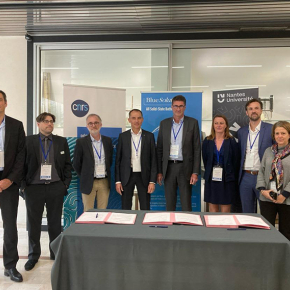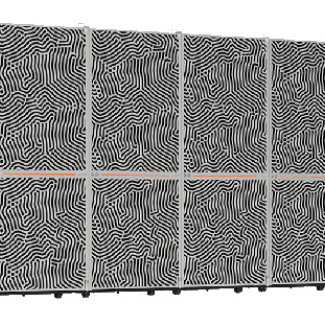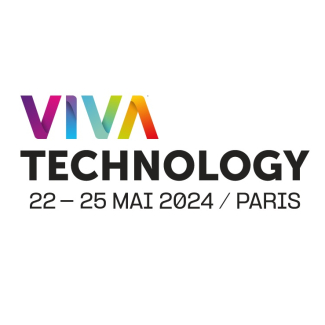New collaborations between academic research and business to develop the high-performance batteries of the future
|
Conceiving the batteries of the future with enhanced performance is the goal of the two associated research laboratories launched in Grenoble between Blue Solutions, Grenoble INP – UGA, and the CNRS, and in Nantes between Blue Solutions, the CNRS, and Nantes Université.
In a context of transition toward full electric, developing the next generation of batteries is a crucial issue. The future in this field belongs to all-solid-state batteries, with the major objectives being the increase of energy density—in order to extend vehicle range—and the reduction of charging time, all while offering optimal safety. Two strategic collaborations have been launched to accelerate these developments, between the Bolloré company subsidiary Blue Solutions, a pioneer in the all-solid-state batteries it produces on an industrial scale in France and Canada, and actors in academic research, namely the CNRS, Grenoble INP - l’Université Grenoble Alpes (UGA), and Nantes Université.
During the launch, the CEO of Blue Solutions, Richard Bouvere, declared: “We are delighted by this new stage in the collaboration between Blue Solutions and these leading laboratories, with which we have been collaborating for years to jointly tackle ambitious and fundamental scientific subjects relating to solid-state batteries. It is crucial to accelerate R&D between the best academic talent and our company’s researchers, who are familiar with the extremely complex issues relating to the interactions of the many materials that make up a battery and determine its performance. These associated laboratories, which work closely with our 150 researchers in France, Canada, and the United States, will overcome the final scientific obstacles, and bring to market in 2028 a new generation of all-solid-state Lithium metal batteries that meet performance requirements, especially those of car manufacturers.”
Antoine Petit, the CEO of the CNRS, underscored: “We are very proud to make official the creation of these two associated research laboratories, which are the result of a relationship of trust established over time with Blue Solutions and our academic partners in both Grenoble and Nantes. They illustrate the CNRS’s policy of developing associated laboratories, an enduring form of collaboration between academic research and the business world. Today there are over 225 in activity with companies of all sizes. Our ambition is to surpass 400 in the next four years, in order to meet the scientific needs expressed by our economic partners. These new associated laboratories will work on the optimisation of all-solid-state batteries, a major and promising subject, especially in the transportation sector.”
Pierre Benech, the General Manager of Grenoble INP – UGA, indicated: “Collaboration with business is part of the DNA of Grenoble INP – UGA, with our partners industrializing innovations and making them accessible. The businesses that are associated with the governance of the establishment, of which there are more than 50, are also there to guide it in training engineers and managers for this changing world, as well as to identify needs in the skills of the future. As such, we are delighted by this collaboration with Blue Solutions and LEPMI, which will help advance science in the field of ‘all-solid-state’ batteries.”
Finally, Carine Bernault, the President of Nantes Université, emphasized: “Our times call for innovation to meet the challenges of the transitions unfolding across all fields. With respect to energy, the stakes are considerable. Partner-based research is central to the innovation strategy of Nantes Université. The historical collaboration between the Institute of Materials in Nantes and the Blue Solutions company is exemplary in this regard. Through the creation of this associated laboratory, Nantes research confirms its excellence in the field of battery optimization, as well as its desire to work in synergy with broader societal and business partners.”
The LI2 Associated Research Library based in Grenoble relies on the expertise of the Laboratory of Electrochemistry and Physical-Chemistry of Materials and Interfaces (Grenoble INP-UGA/CNRS/Université Savoie Mont Blanc). Its primary objective is to accelerate the development of the first new generation Lithium metal battery. The goal is to design a Lithium metal battery that functions at room temperature, is safe, and has high energy density for electric transportation and stationary applications. This entails producing and bringing to market rechargeable lithium metal batteries for electric vehicles such as cars, buses, bicycles, scooters, and any other vehicles that uses batteries or their constituent elements.
In Nantes, the IMNBlue Lab Associated Research Laboratory involves research teams from the Jean Rouxel Institute of Materials in Nantes (CNRS/Nantes Université), and also targets battery optimization. Areas of collaboration will focus on protecting the active material of one of the battery’s electrodes from unwanted reactions, and stabilizing the materials found in high voltage batteries. It will also seek to identify the best composition for durable functioning in terms of rapid charging and draining, and to better understand the properties of materials, along with the mechanisms behind failures.
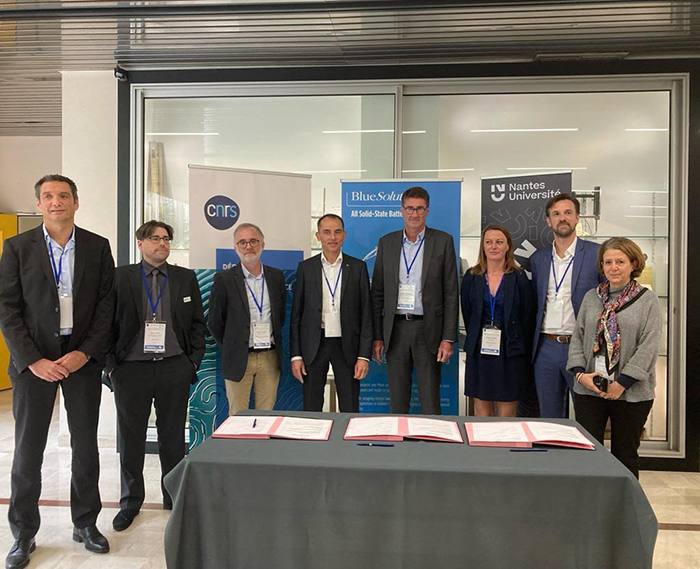
© CNRS
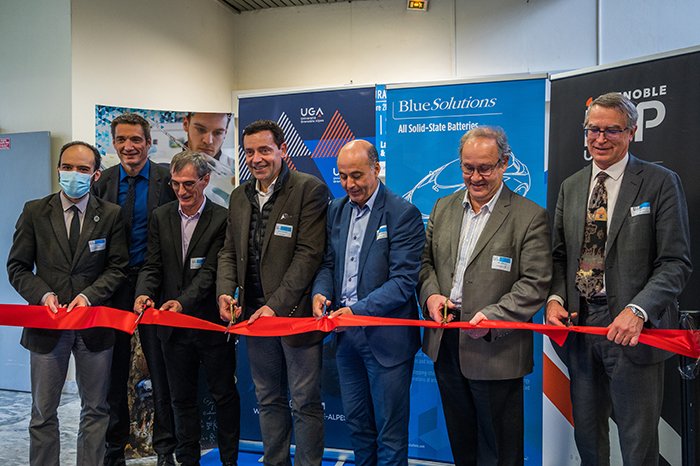
© Francois HENRY- UGA
